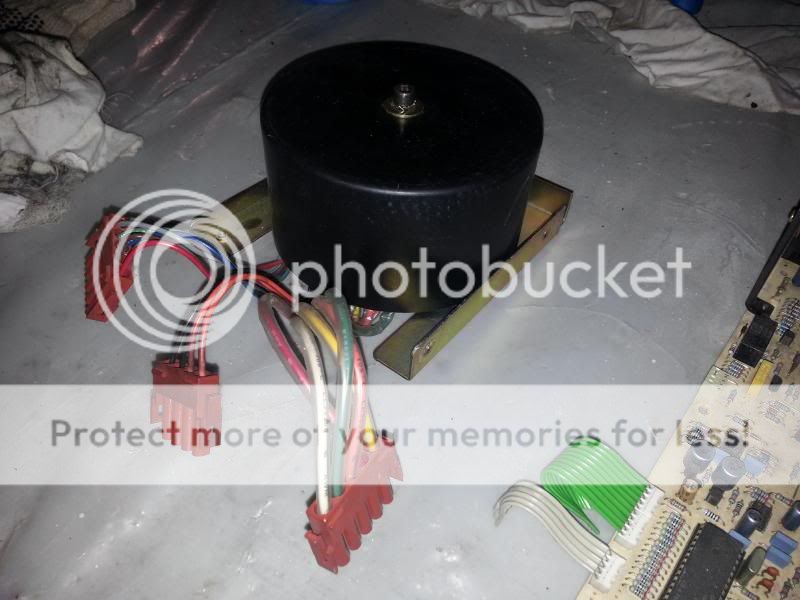AcousticBruce
Member
It turns out that I might be getting lots of interesting old electronic equipment at work. Well, first thing I have this old stereo that Im am going to part out. I see tons of interesting transistors and some pretty good caps. There is also some inductors and a really really BIG inductor. This came from a 15 million dollar Yacht, so this audio was pretty high end at its time.
1) This inductor has lots of wires, can this be something I can learn from using function gens and oscilloscope?
2) Why such a big inductor?
3) Any ideas on experiments?


1) This inductor has lots of wires, can this be something I can learn from using function gens and oscilloscope?
2) Why such a big inductor?
3) Any ideas on experiments?



